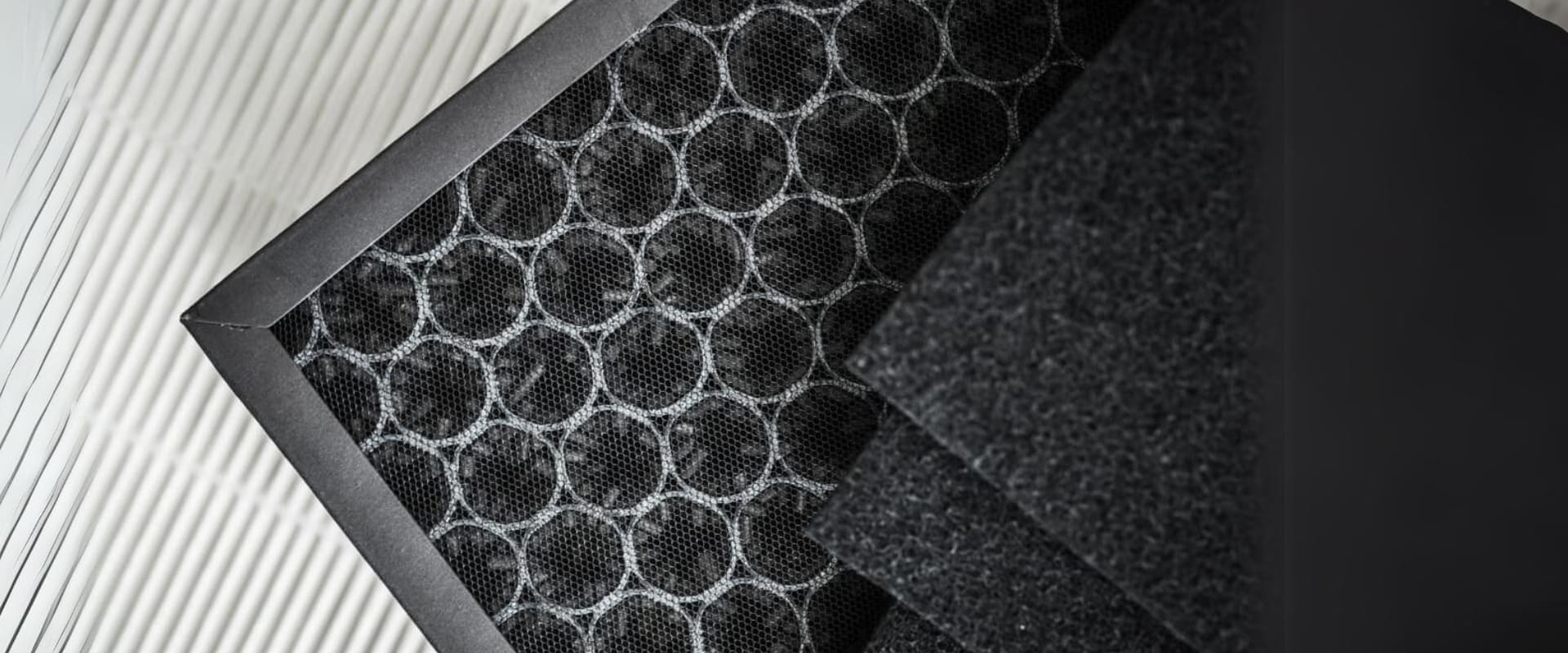Abstract
The key component, activated carbon, undergoes a treatment process to enhance its porosity and surface area. As polluted air passes through the filter, odors and particles are captured and retained on the exterior of the activated carbon material. The porous structure of activated carbon acts as a molecular magnet, attracting and holding onto various contaminants, including bad odors and volatile organic compounds (VOCs). This thorough removal of pollutants results in cleaner and fresher indoor air, emphasizing the significant contribution of activated carbon to improved air quality.
Blog
Carbon filters are highly efficient air purification devices designed to eliminate unwanted odors and particles from the air. The key mechanism by which these filters operate is adsorption, a process wherein molecules adhere to the external surface of a material rather than being absorbed into it. In the context of carbon filters, this means that when polluted air passes through the filter, molecules responsible for odors and particles are captured and retained on the outside of the activated carbon material.
The effectiveness of carbon filters is significantly enhanced by the use of activated carbon, a form of carbon that has undergone a treatment process to increase its porosity and surface area. This treatment involves exposing the carbon to high temperatures and specific gasses, resulting in the creation of a network of pores within the material. The highly porous structure of activated carbon provides an extensive surface area, offering numerous sites for contaminants to attach to during the adsorption process.
As polluted air flows through the filter, the activated carbon acts as a molecular magnet, attracting and holding onto a variety of substances. This includes bad odors, which are effectively neutralized as the odor-causing molecules adhere to the activated carbon surface. Additionally, volatile organic compounds (VOCs), which are organic chemicals that can easily evaporate into the air and may have adverse effects on health, are also captured and removed by the activated carbon filter.
The increased surface space provided by the porous structure of activated carbon allows for a more thorough and efficient removal of contaminants from the air. By latching onto the exterior of the carbon particles, pollutants are effectively separated from the air stream, resulting in cleaner and fresher indoor air.
In summary, carbon filters, especially those utilizing activated carbon, leverage the adsorption process to capture and trap odors and particles. The porous nature of activated carbon greatly enhances the available surface area for contaminants to adhere to, making it a highly effective solution for the removal of bad odors and volatile organic compounds, ultimately contributing to improved air quality.



